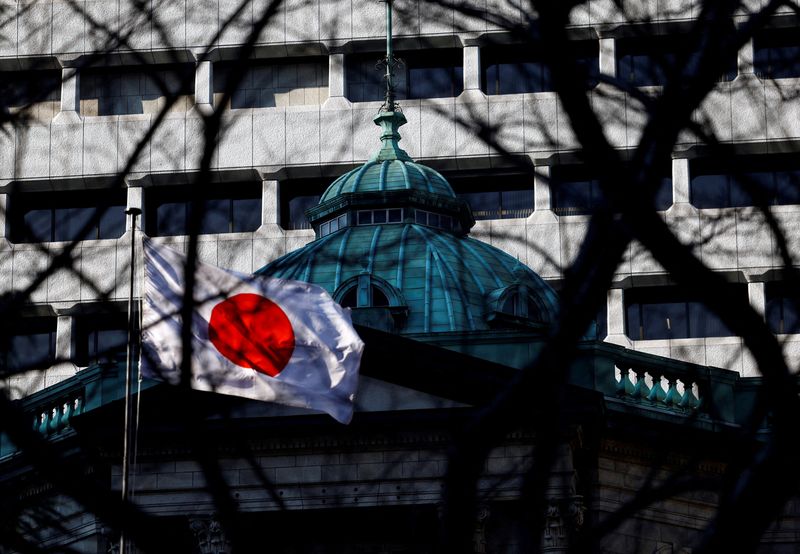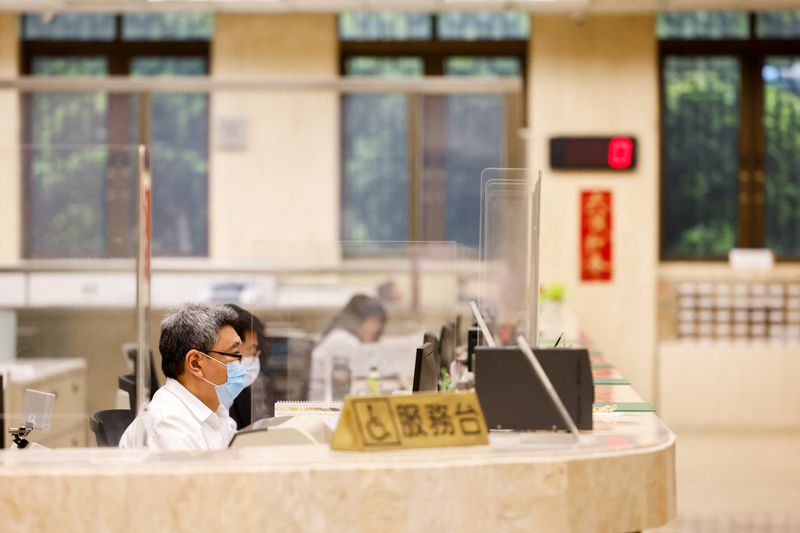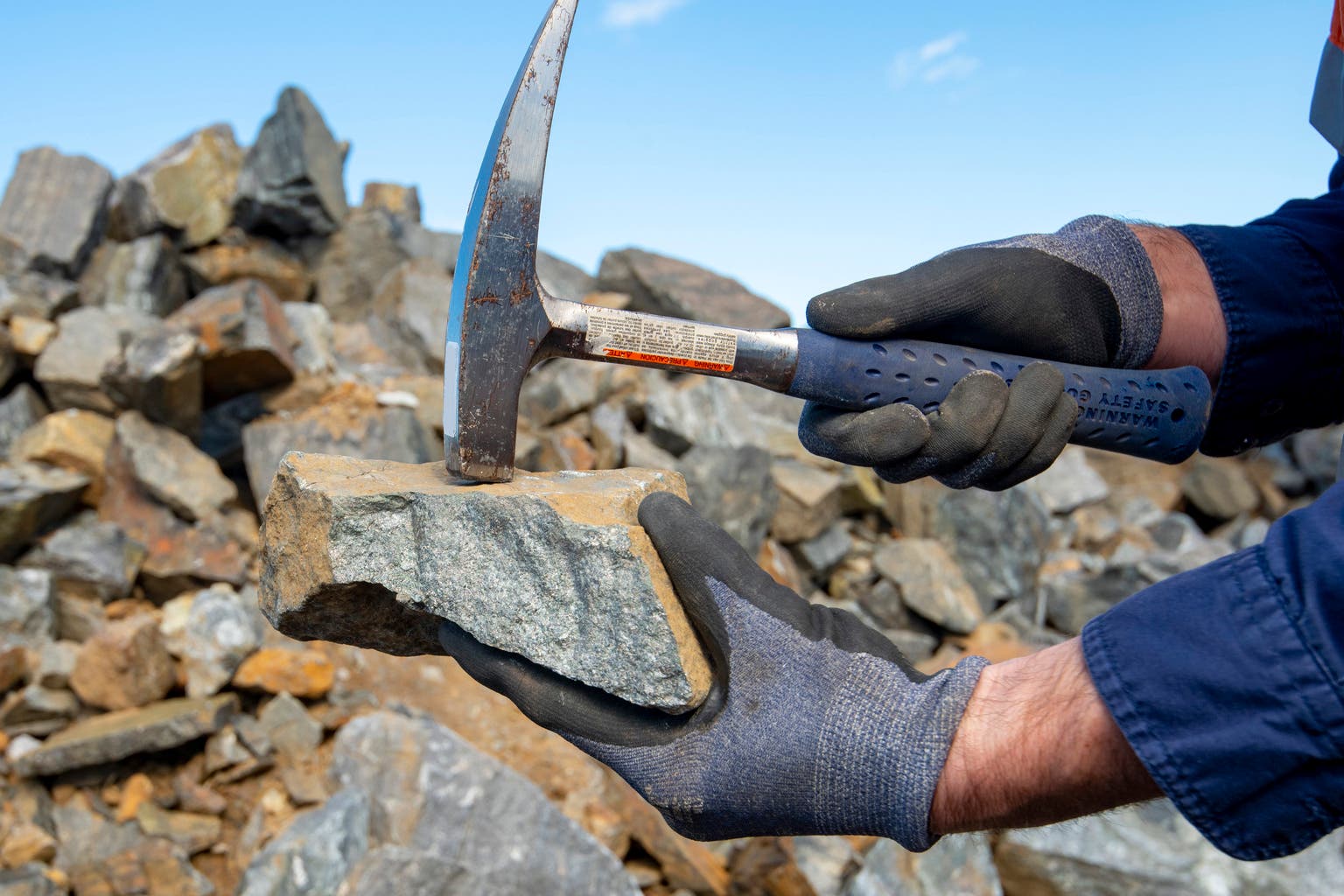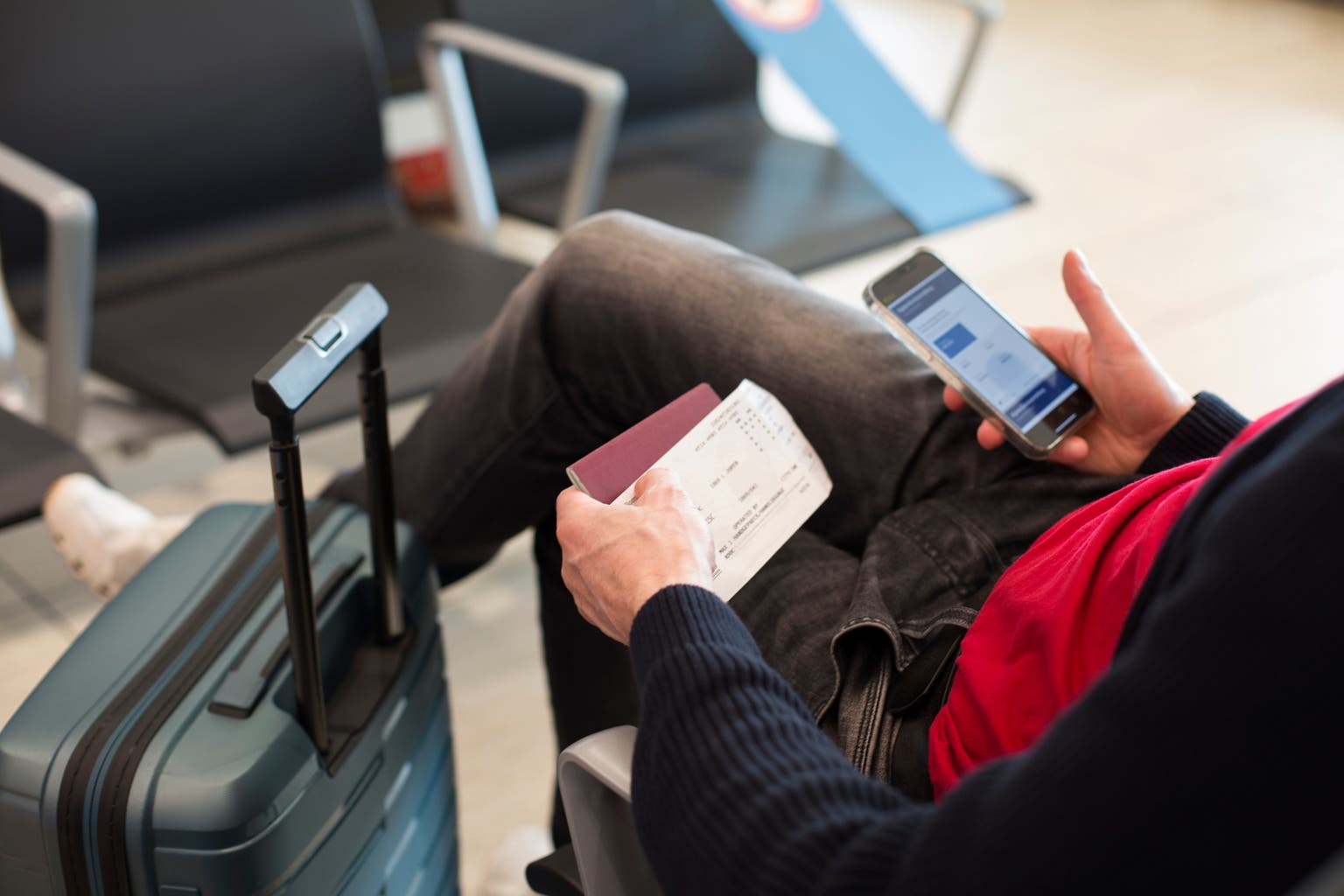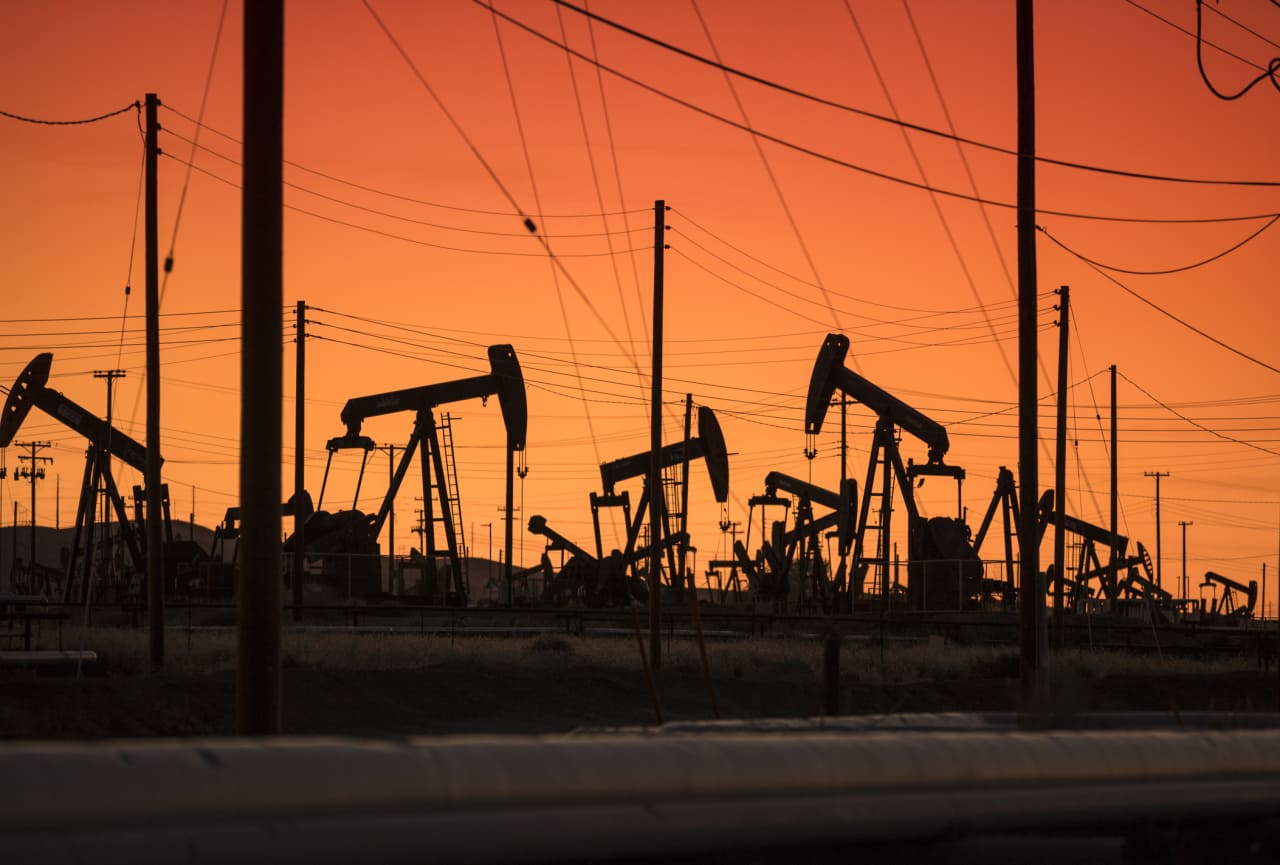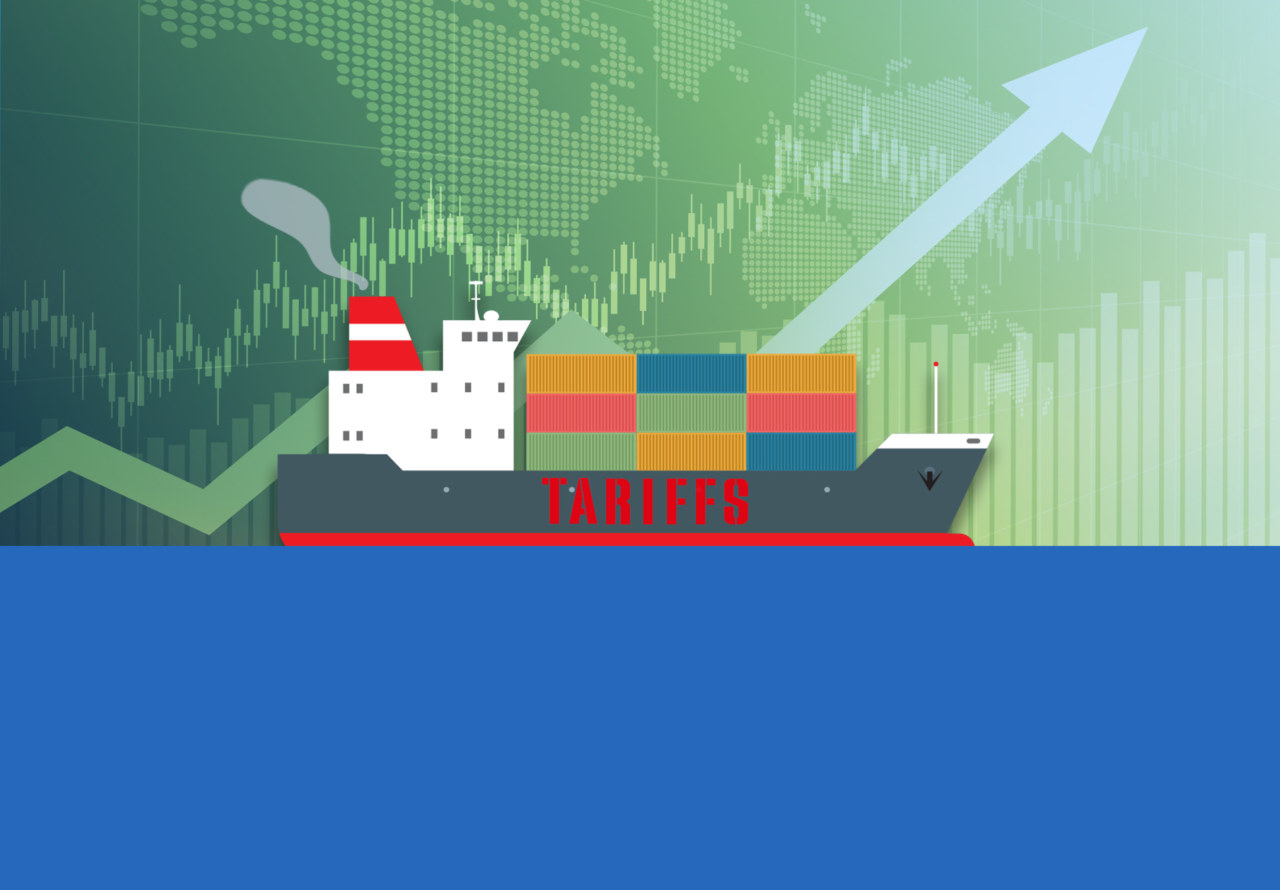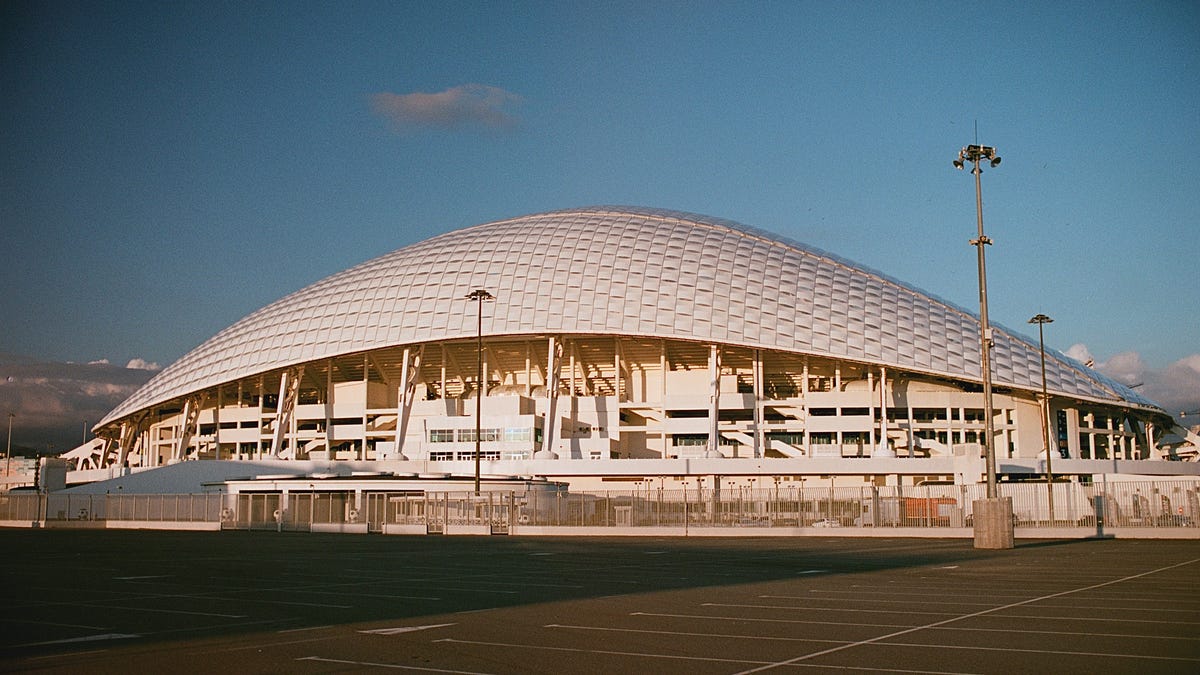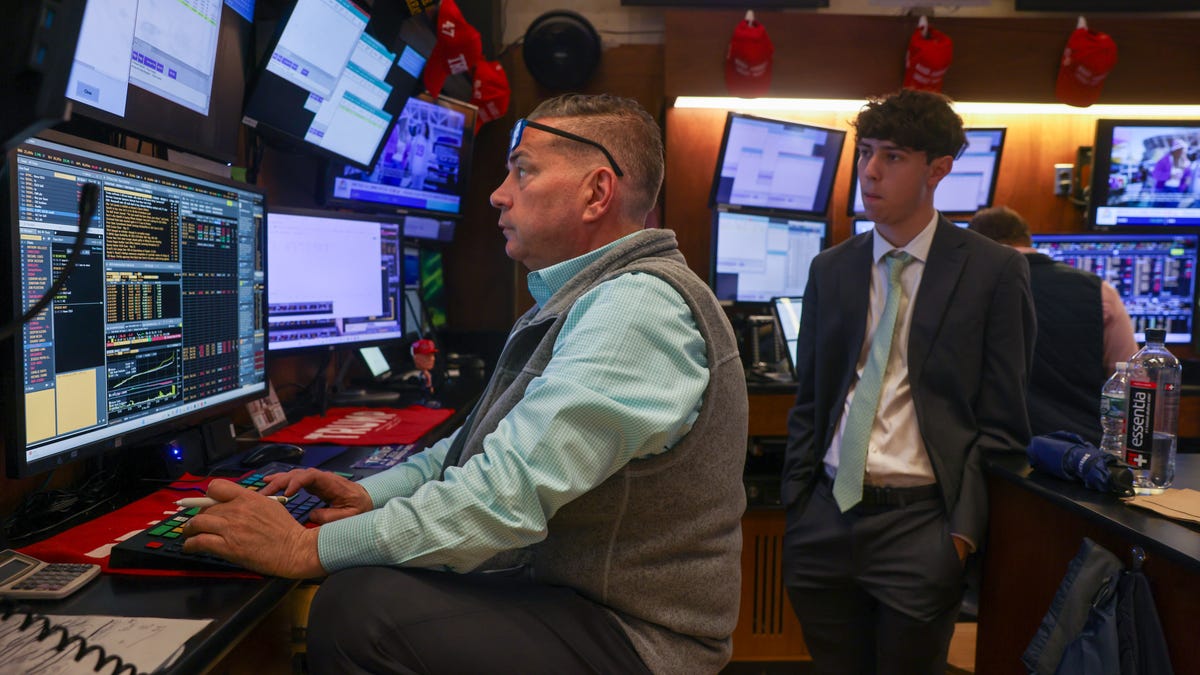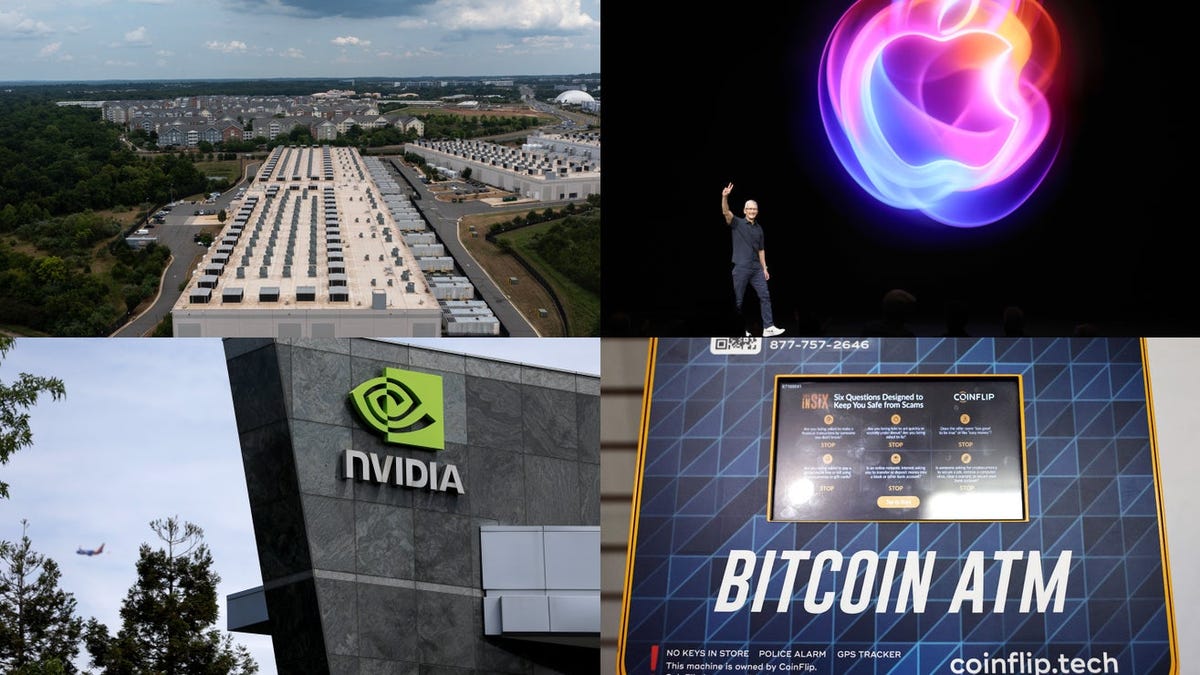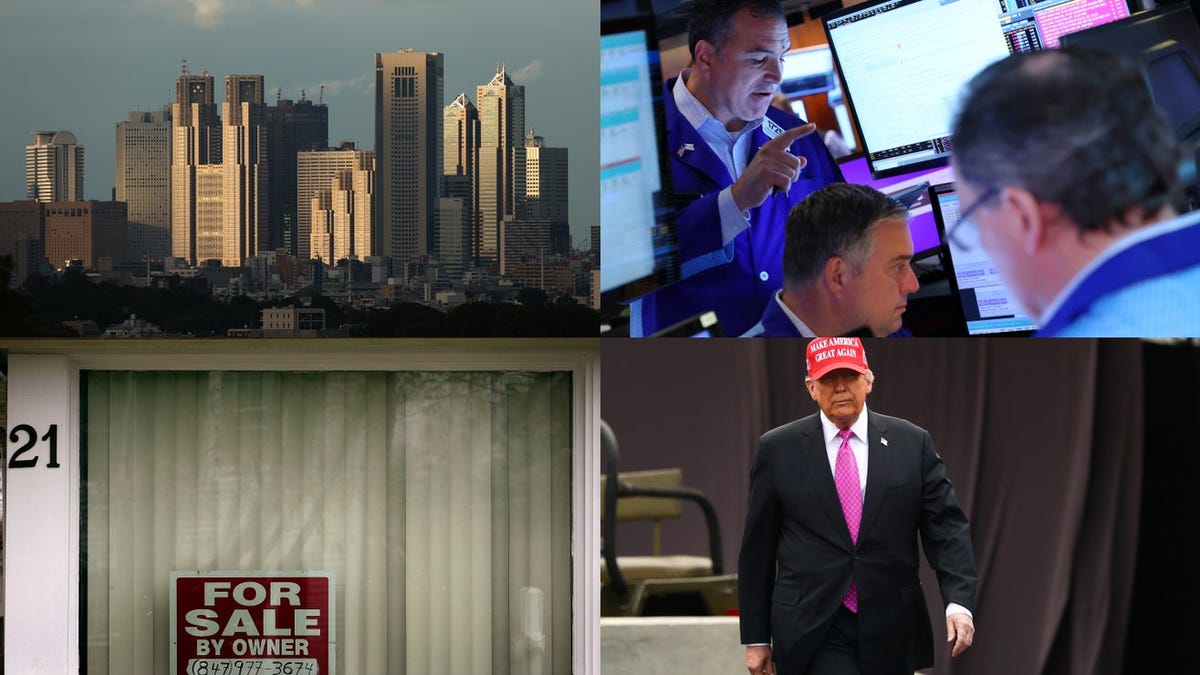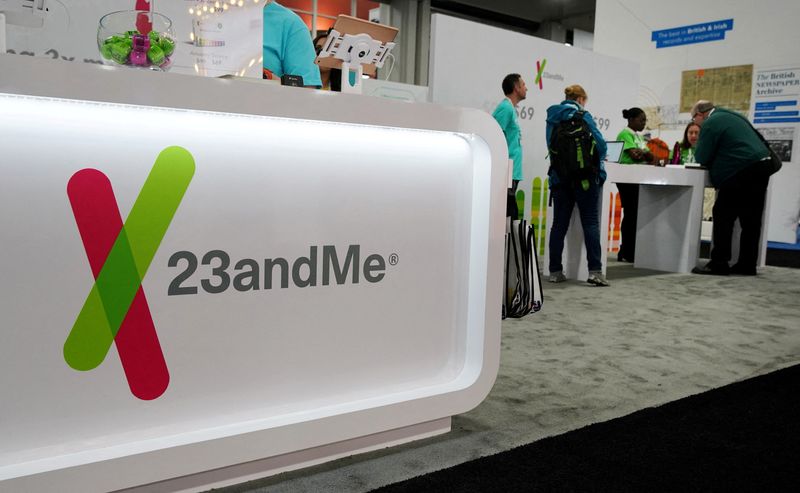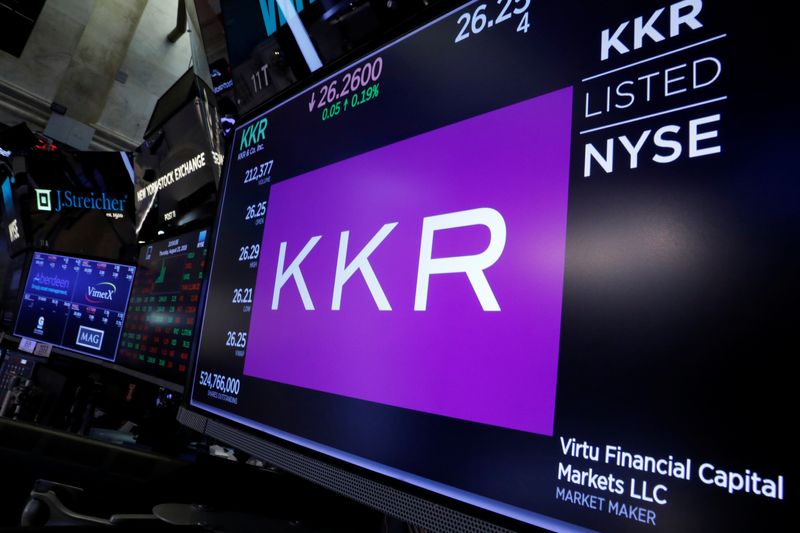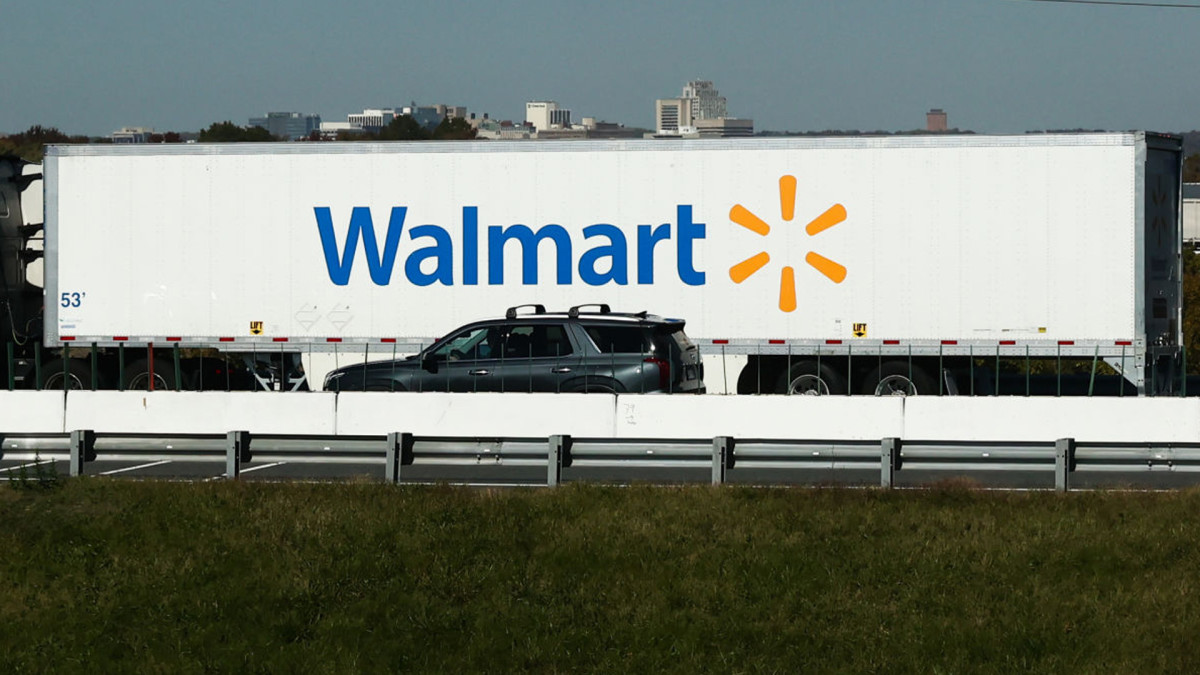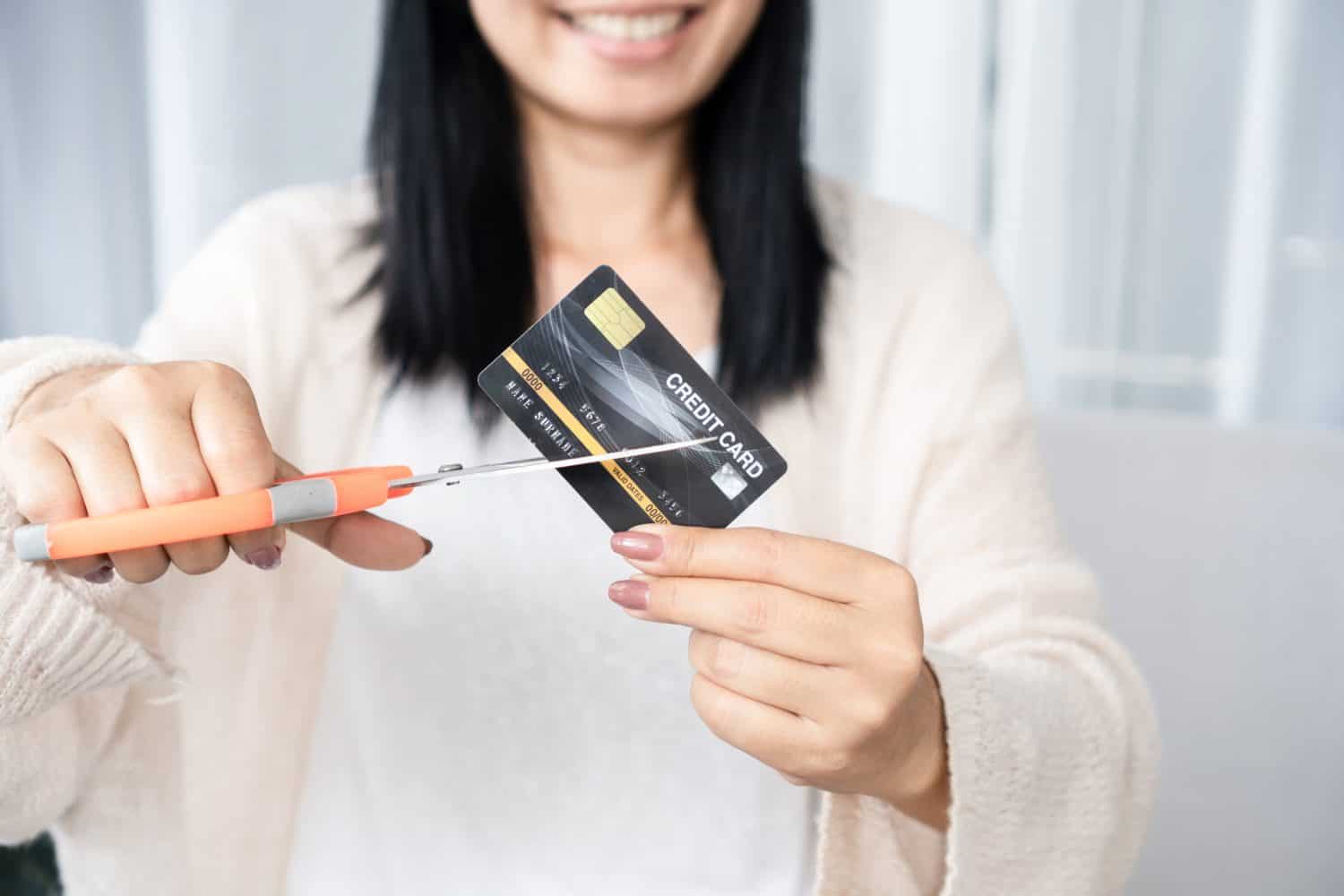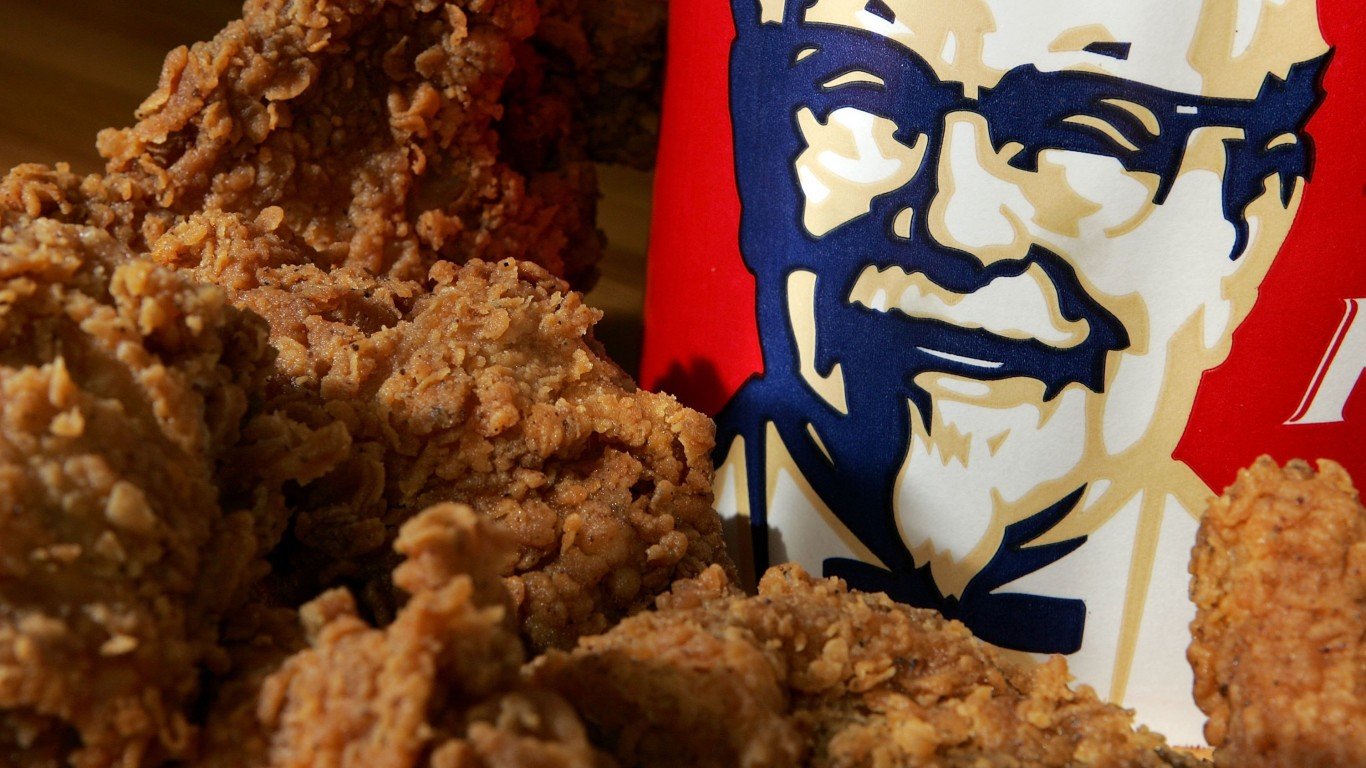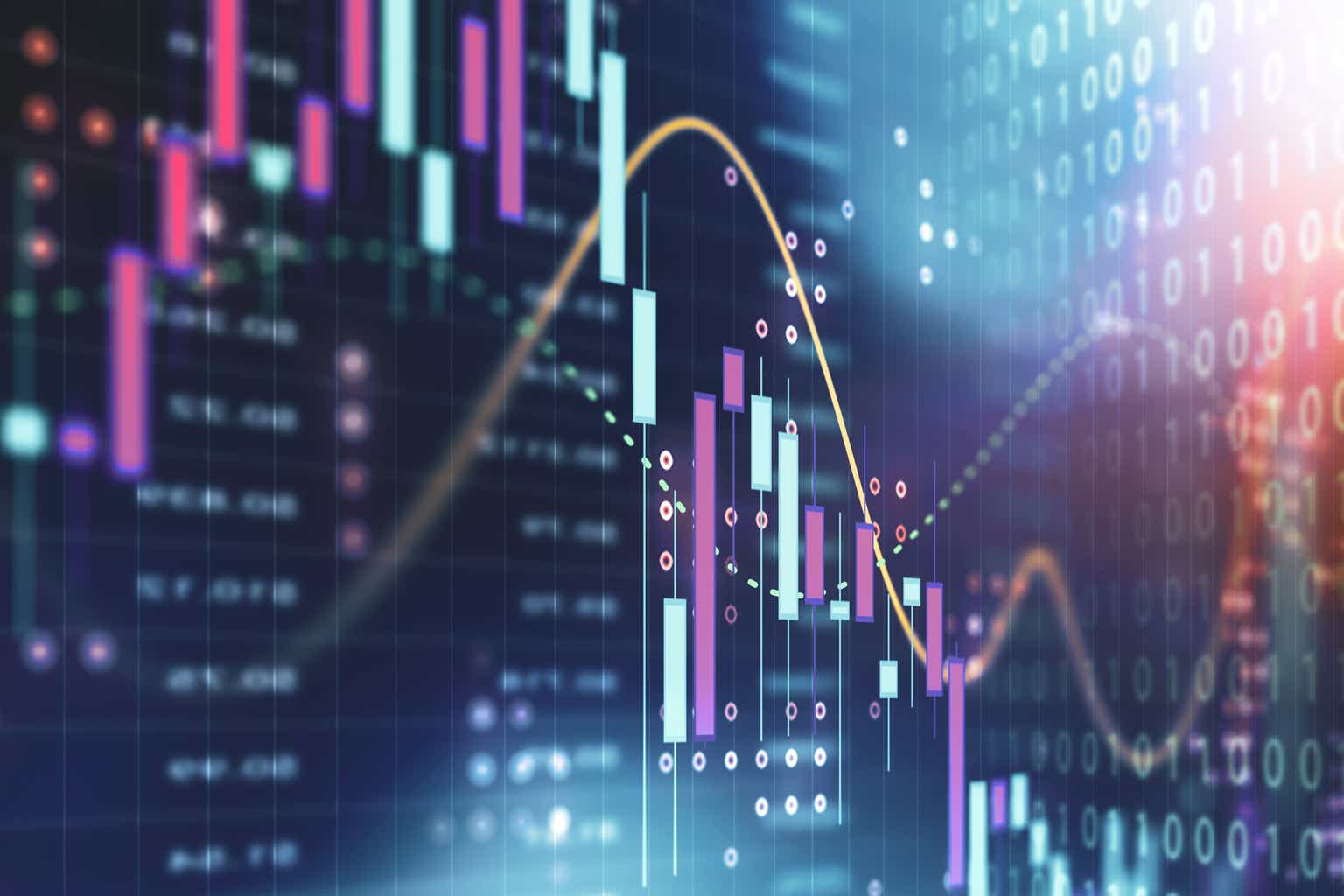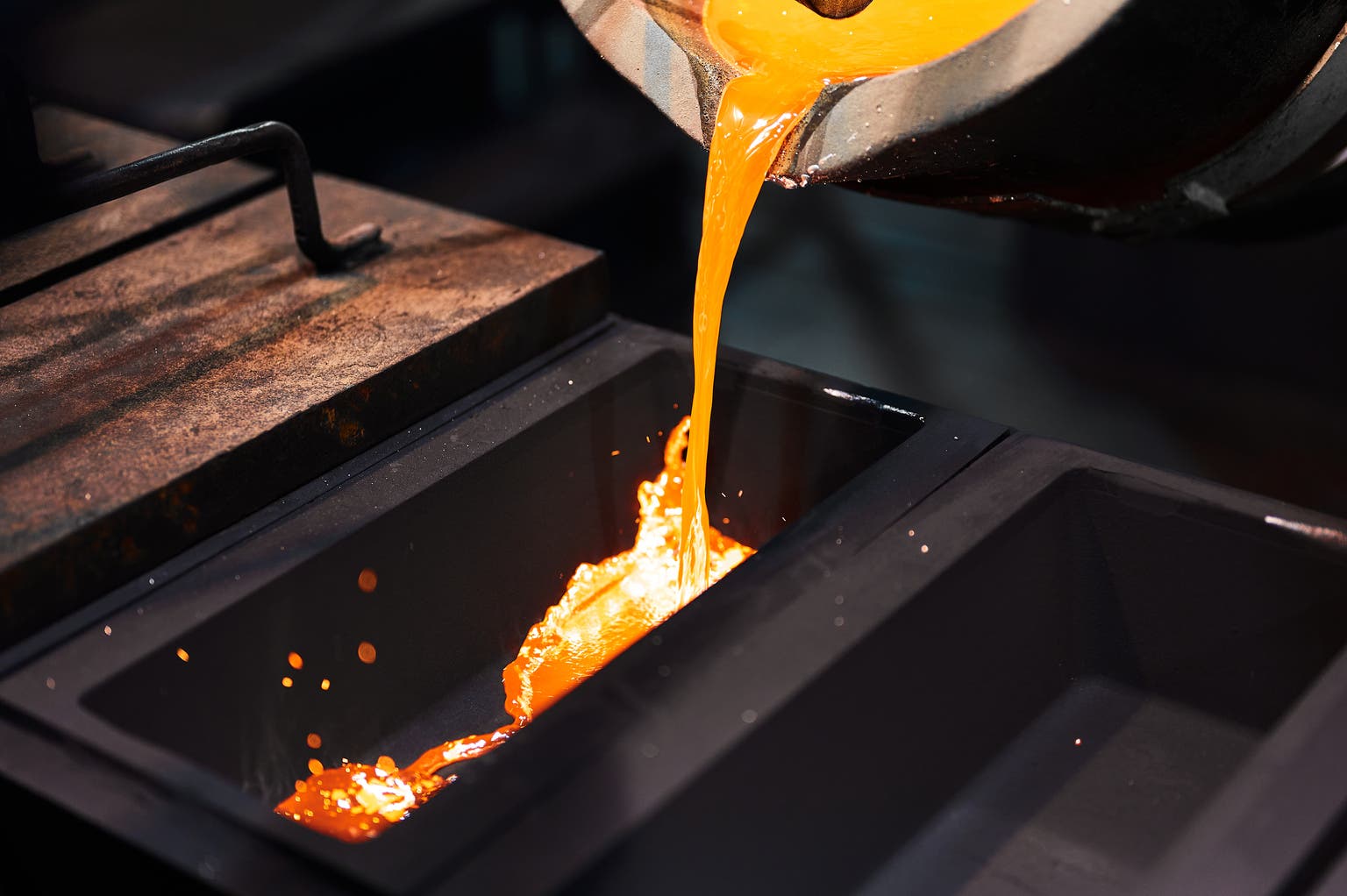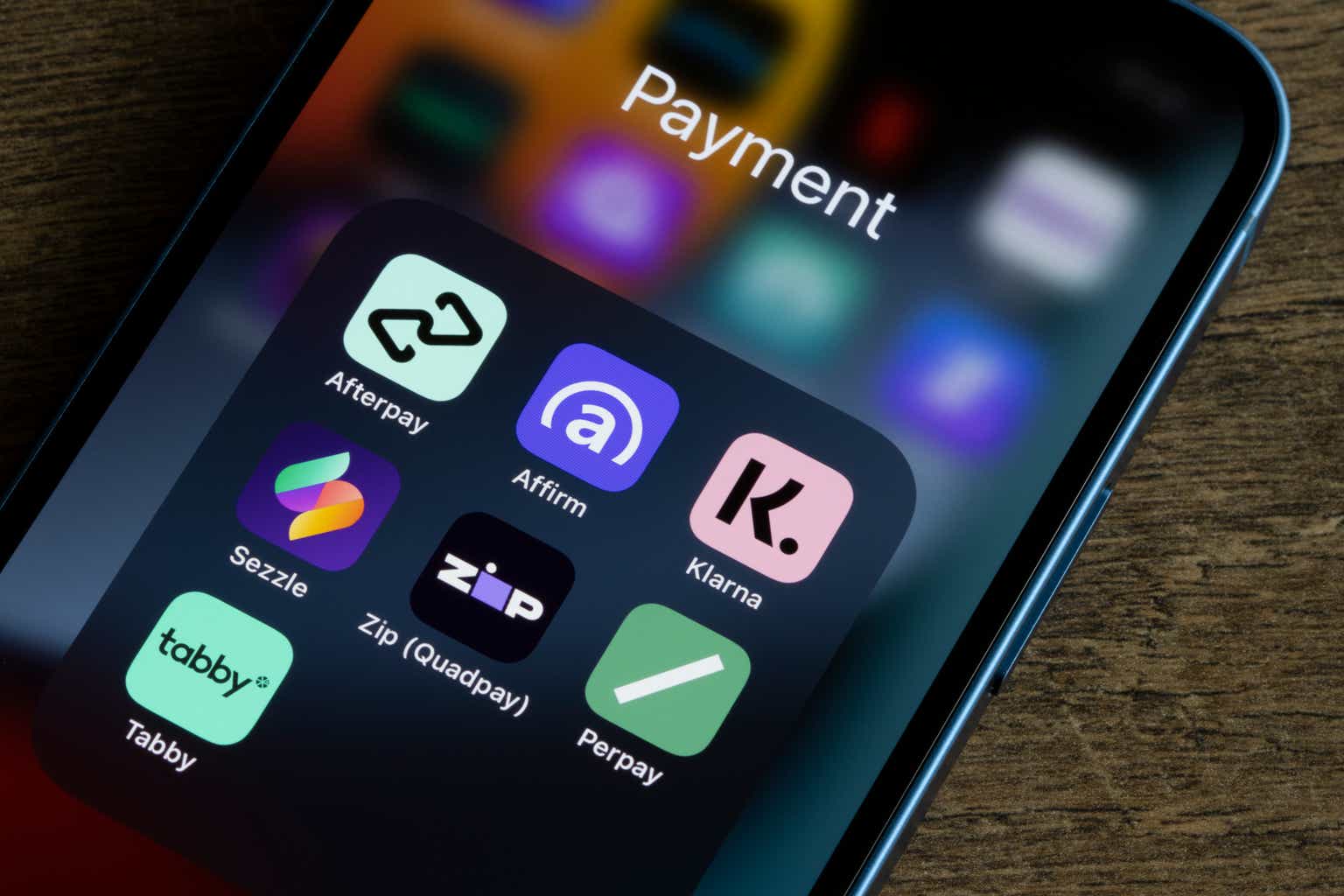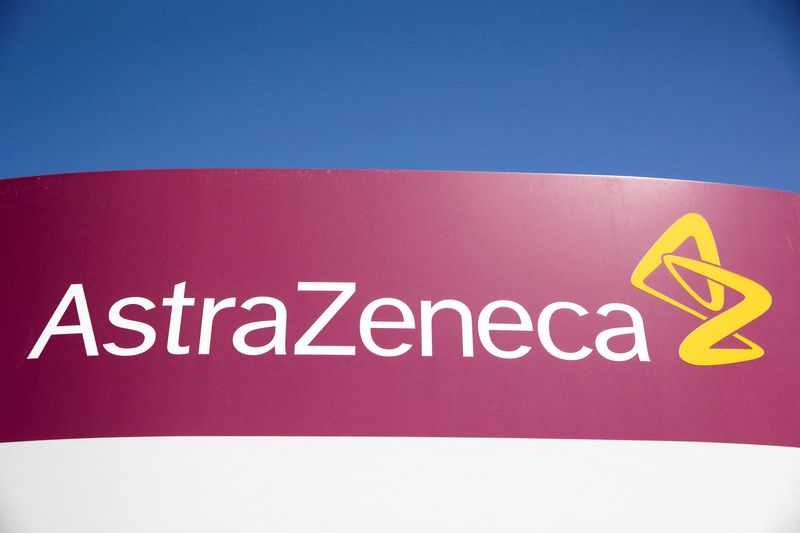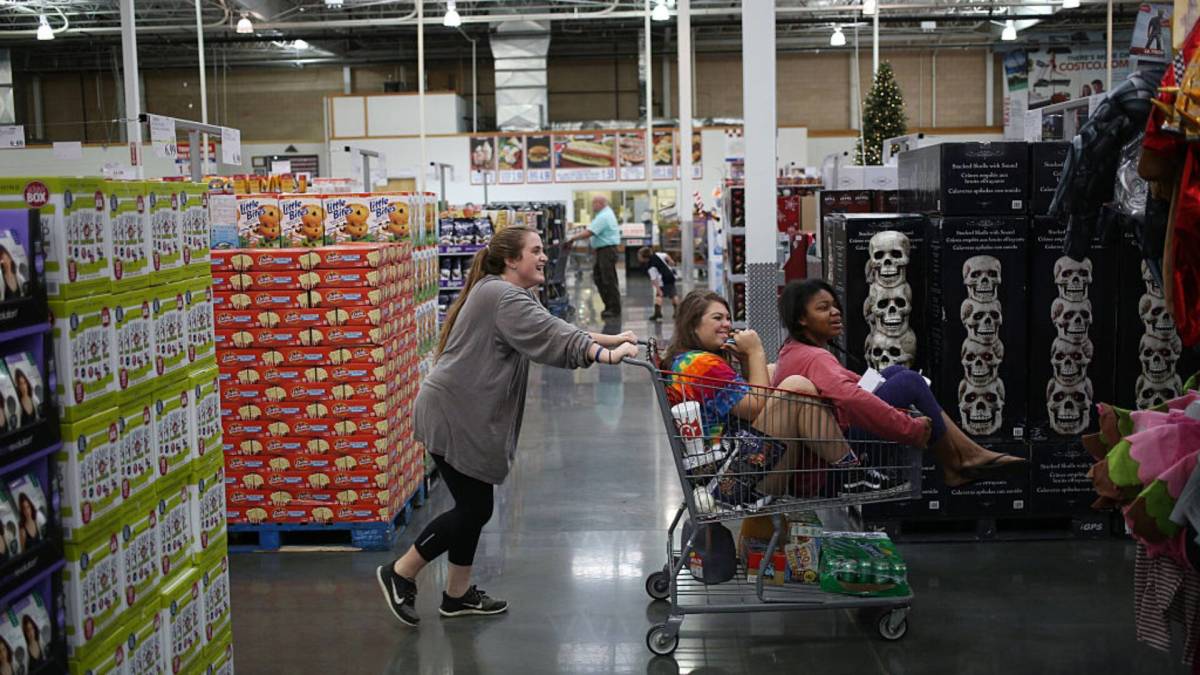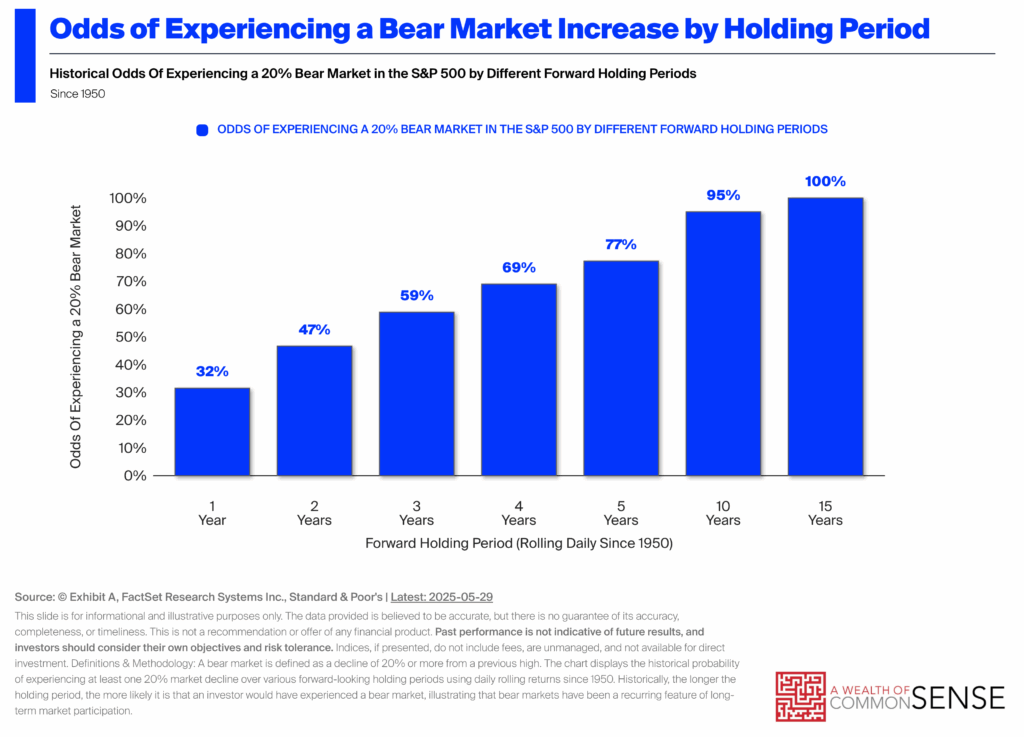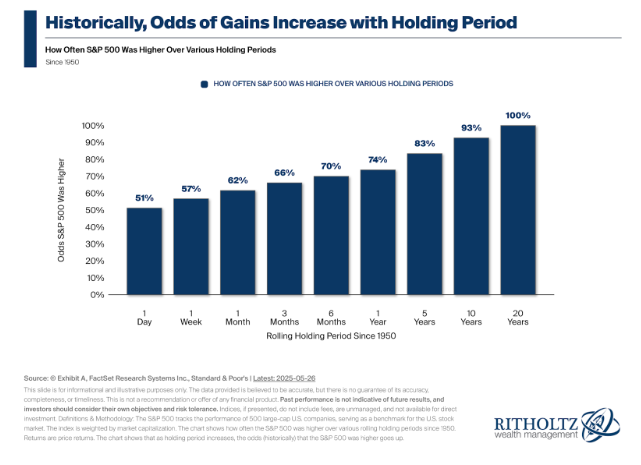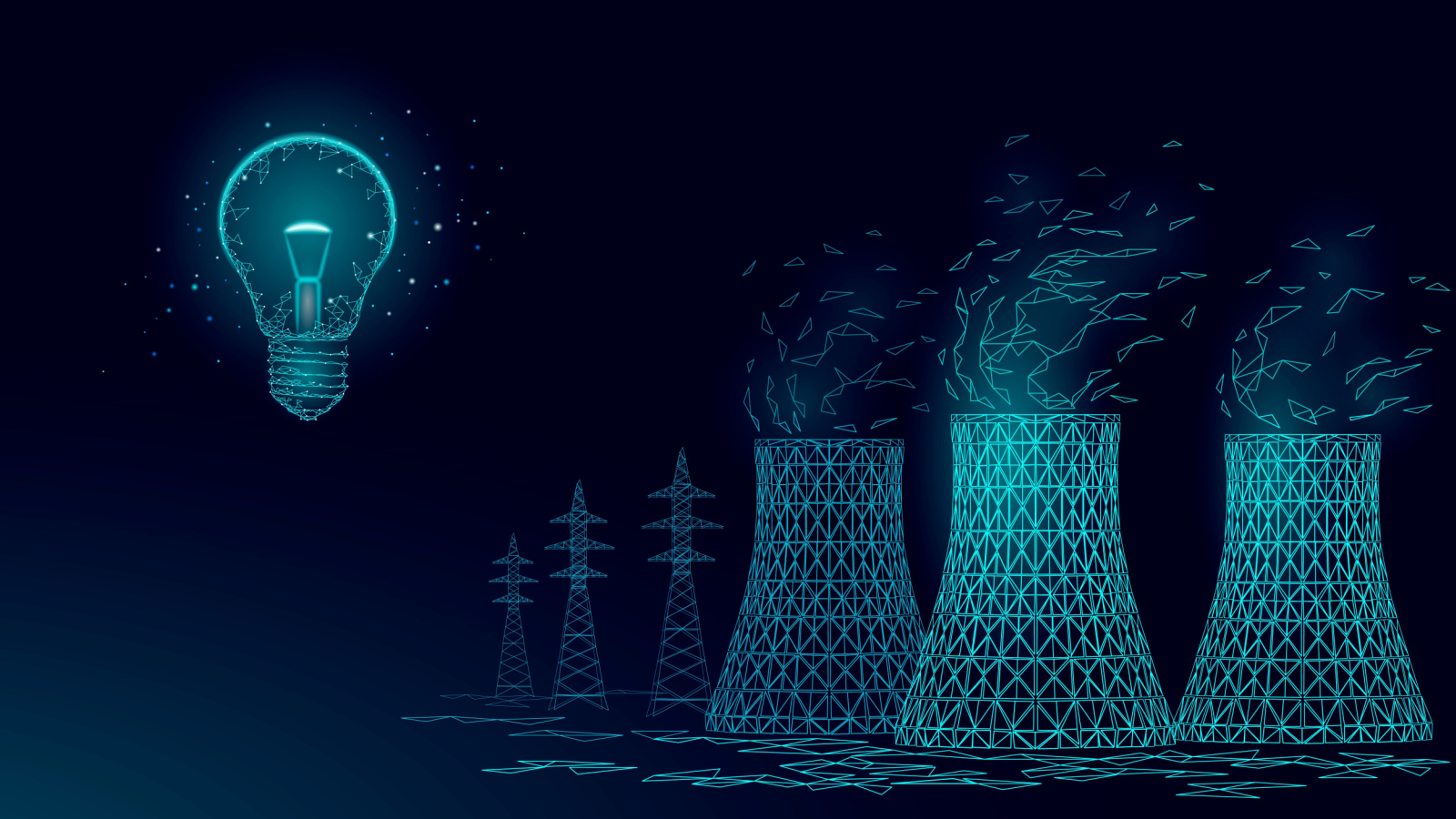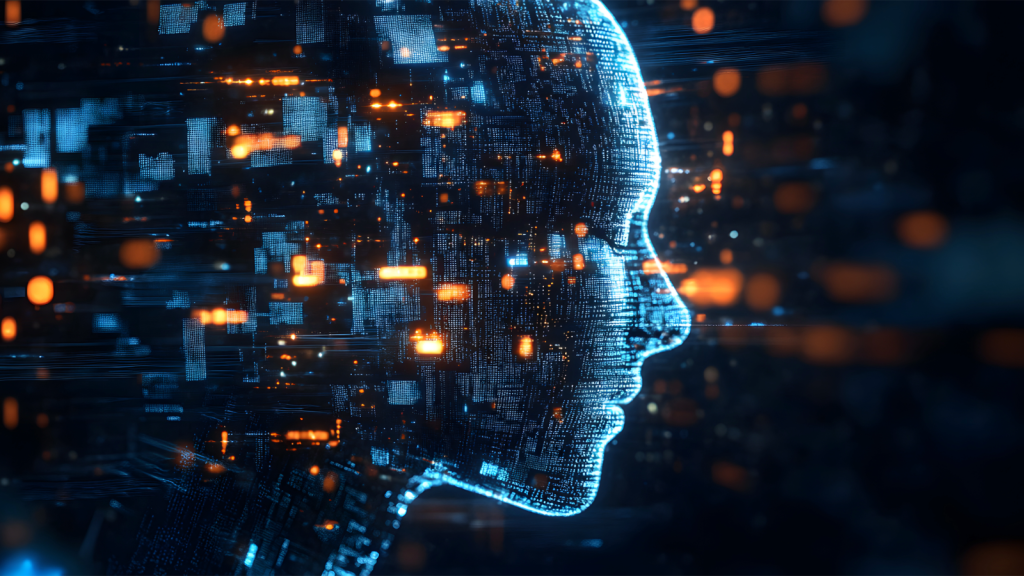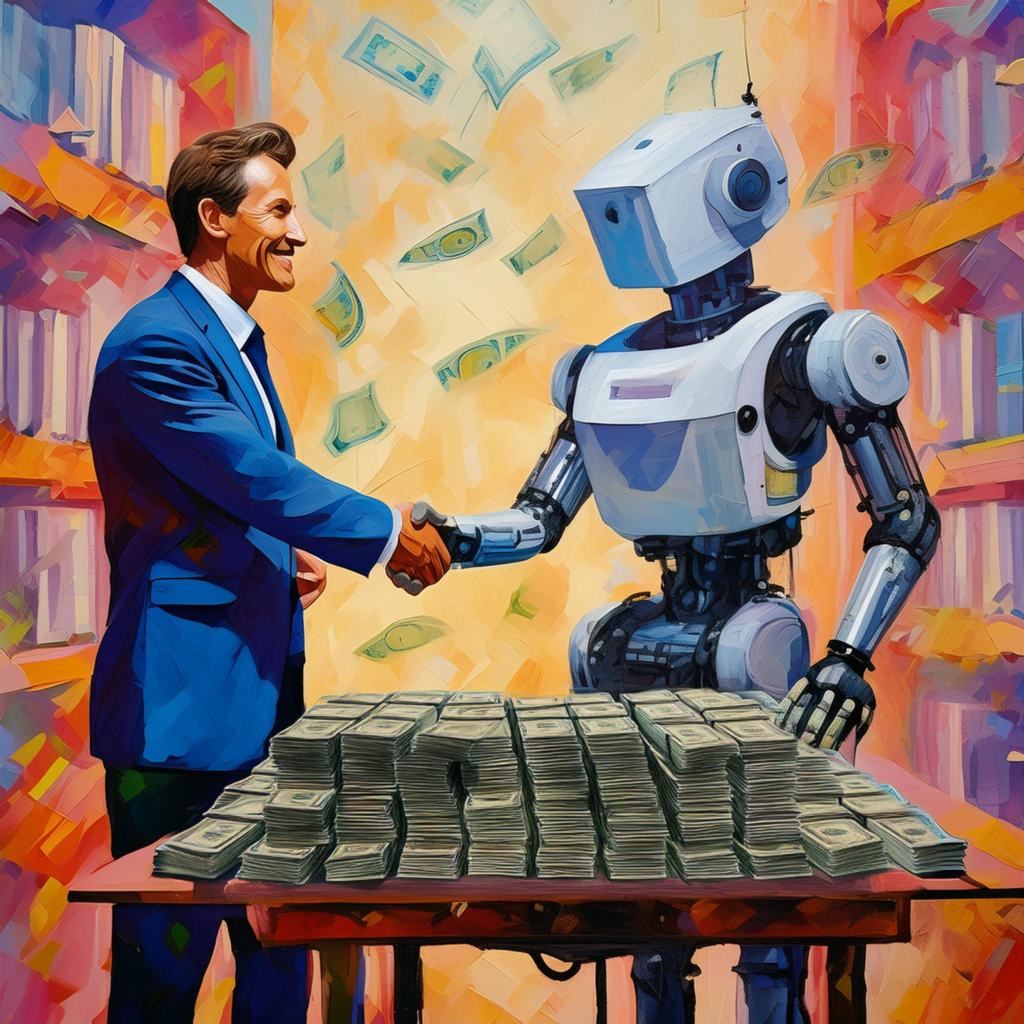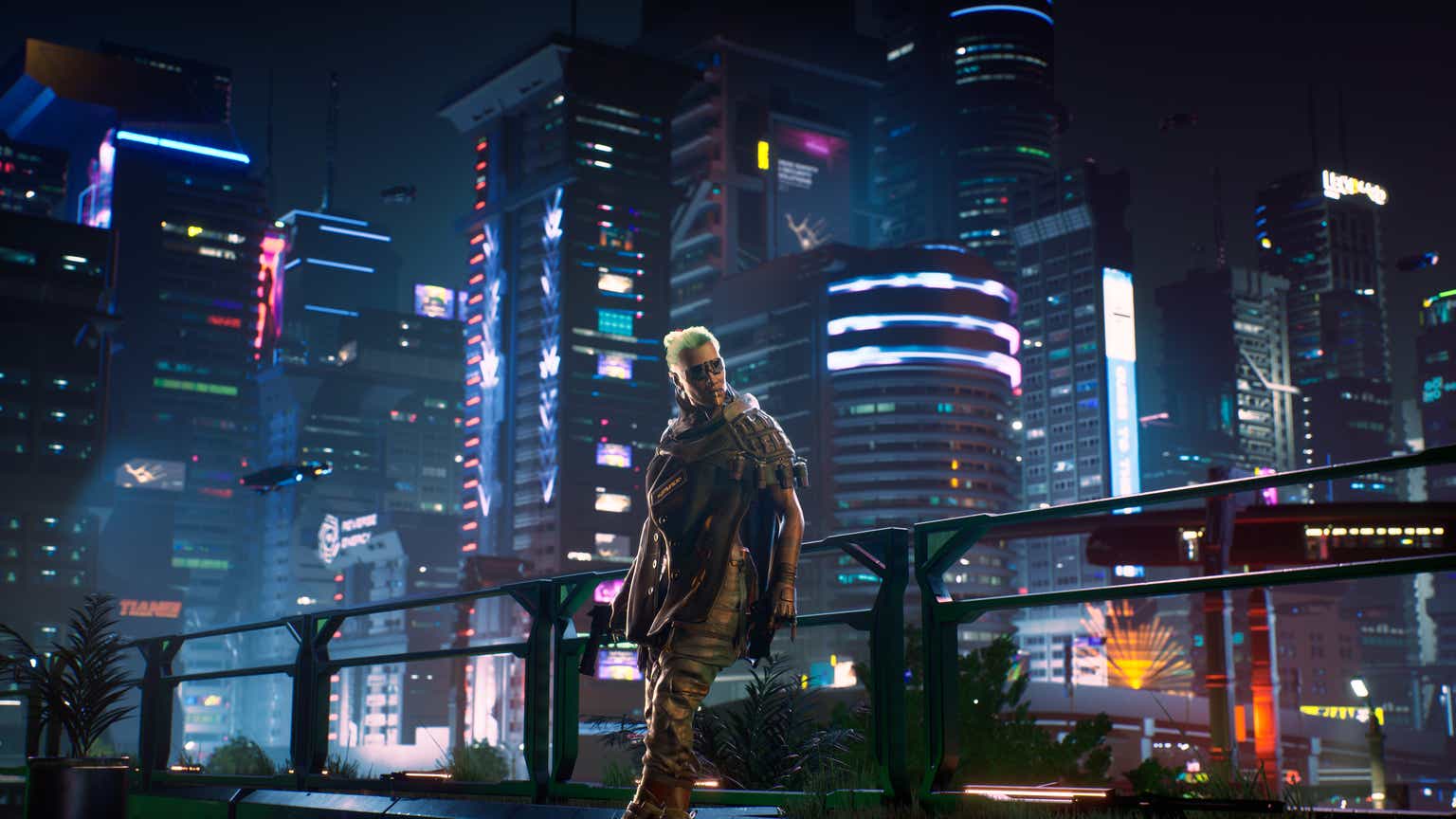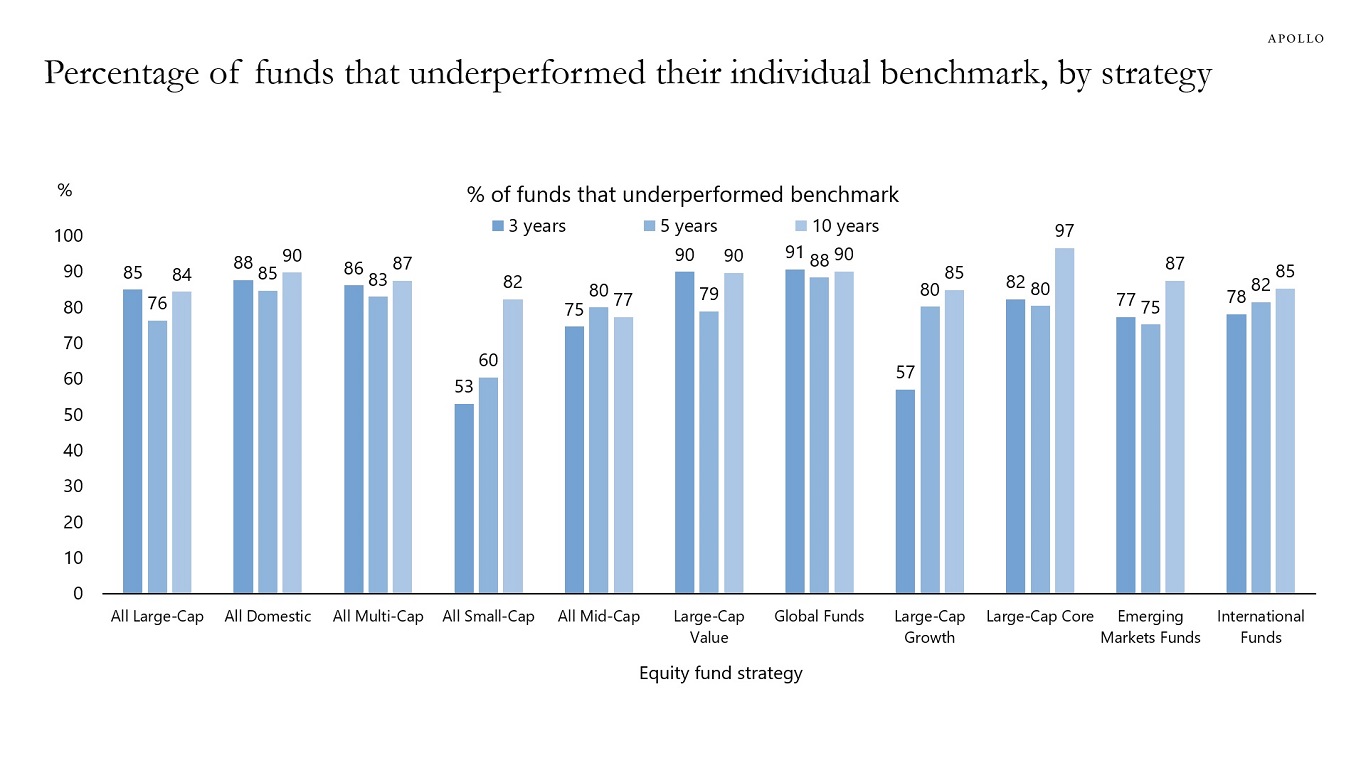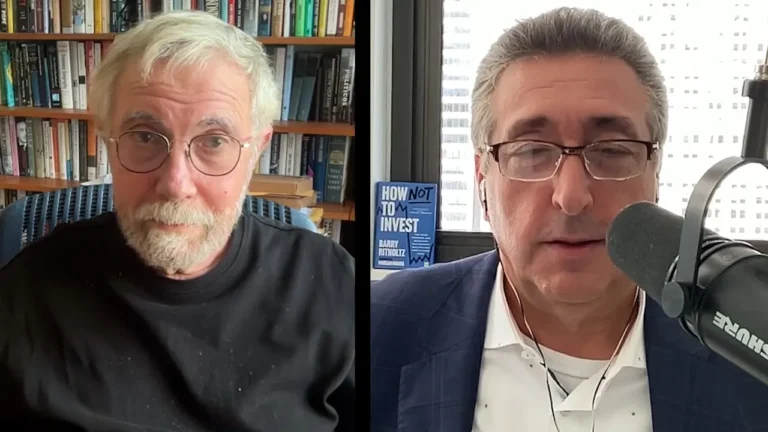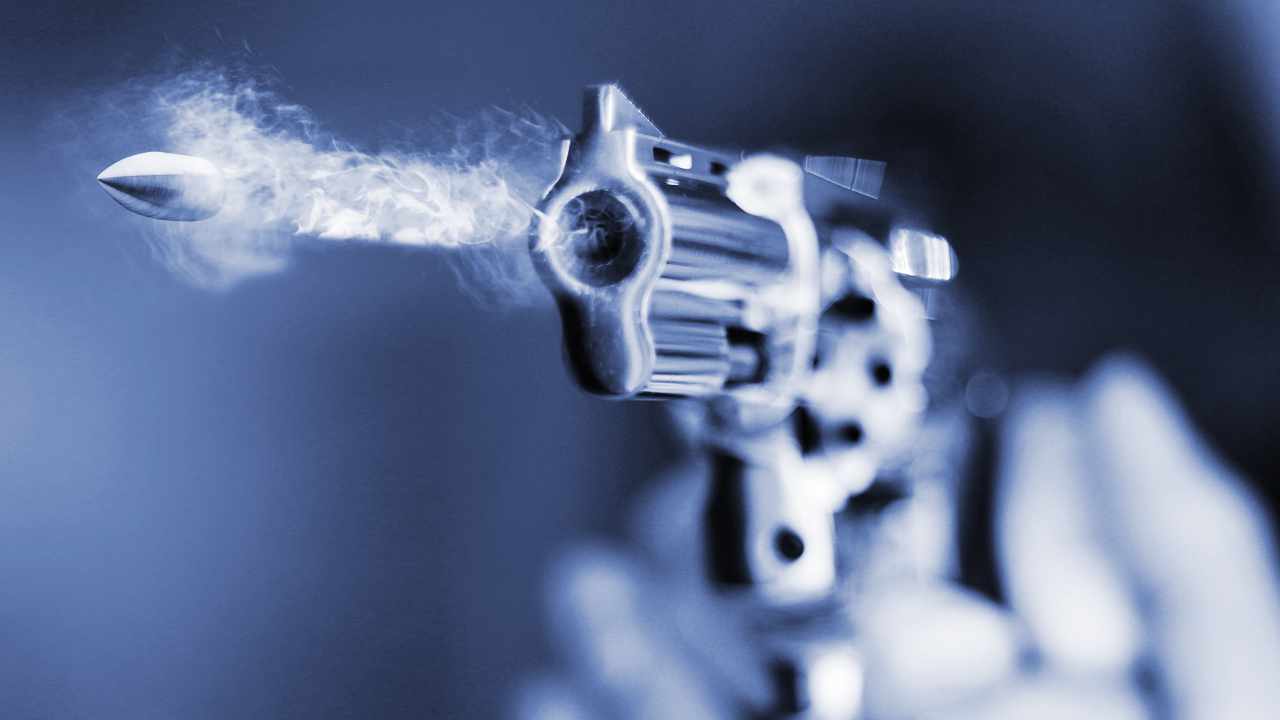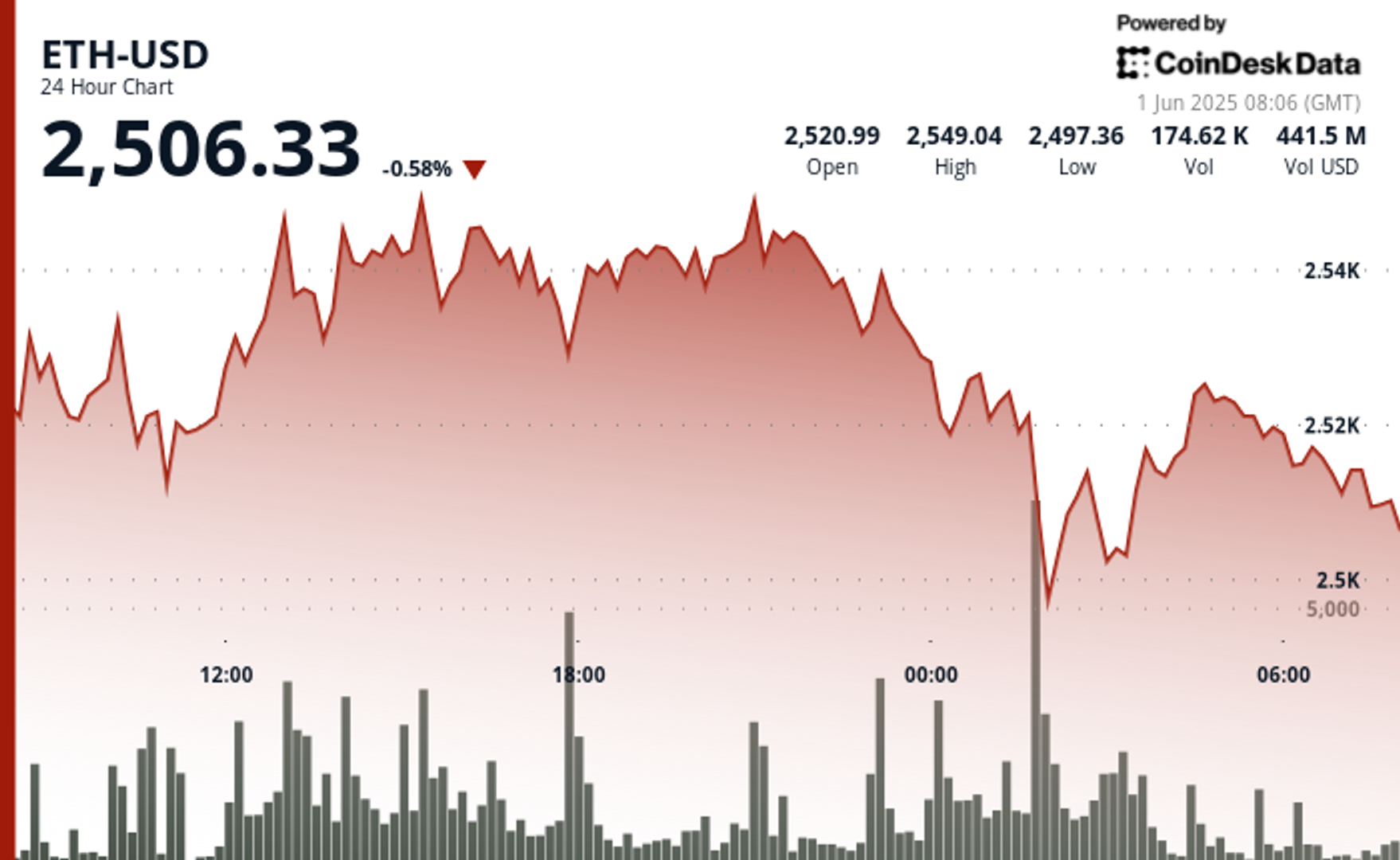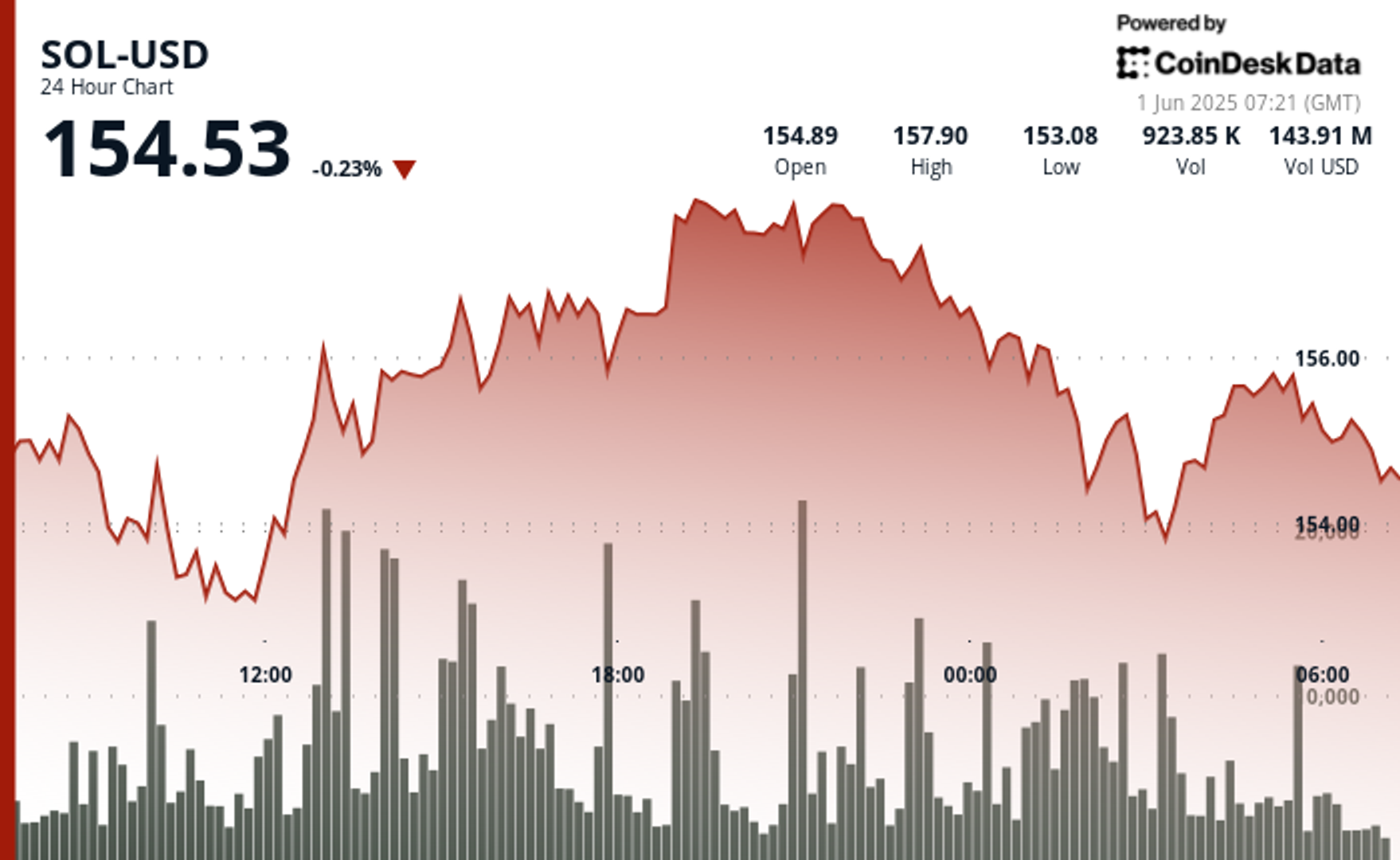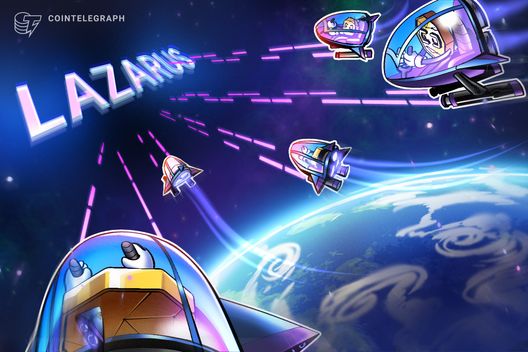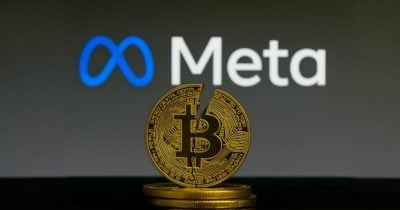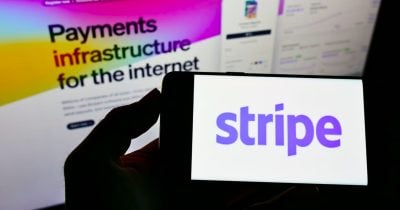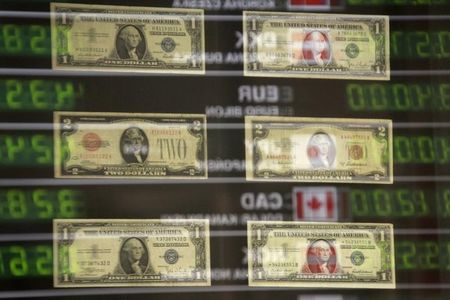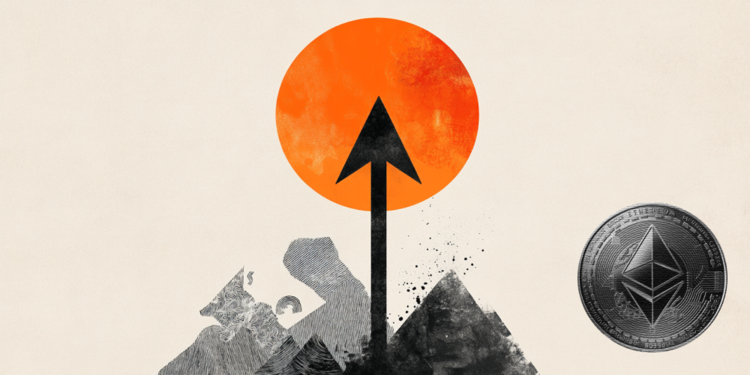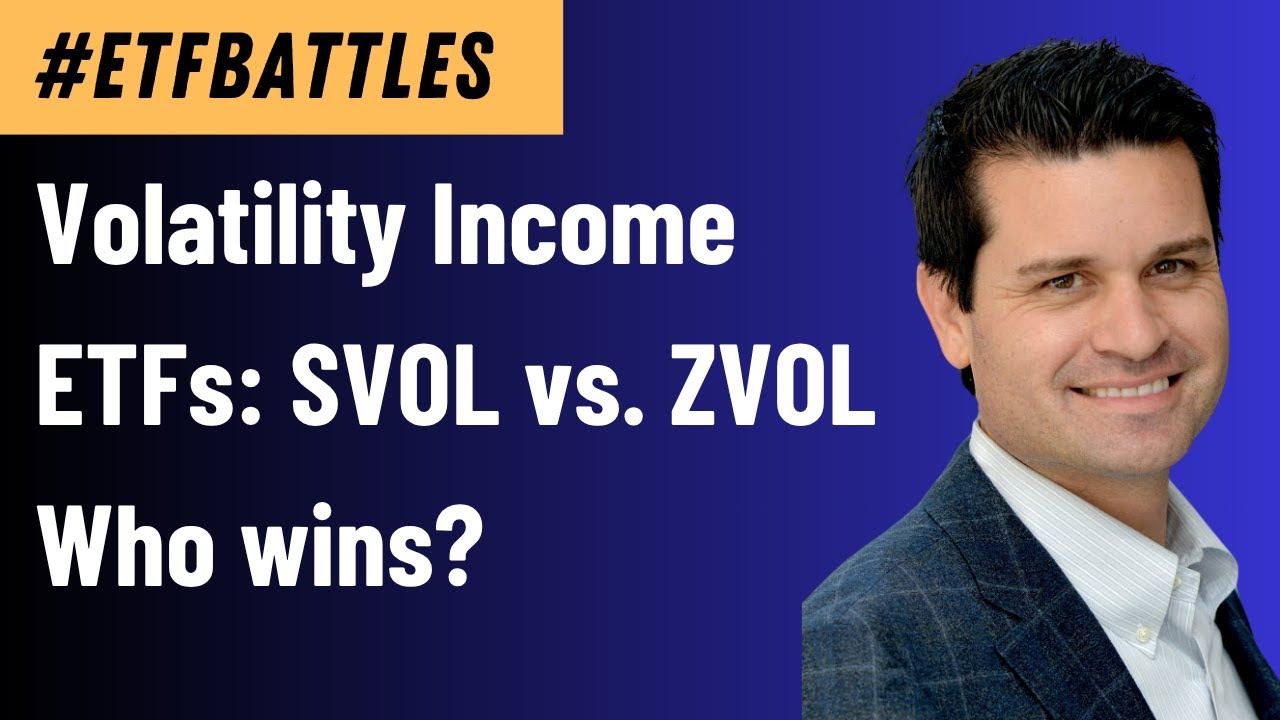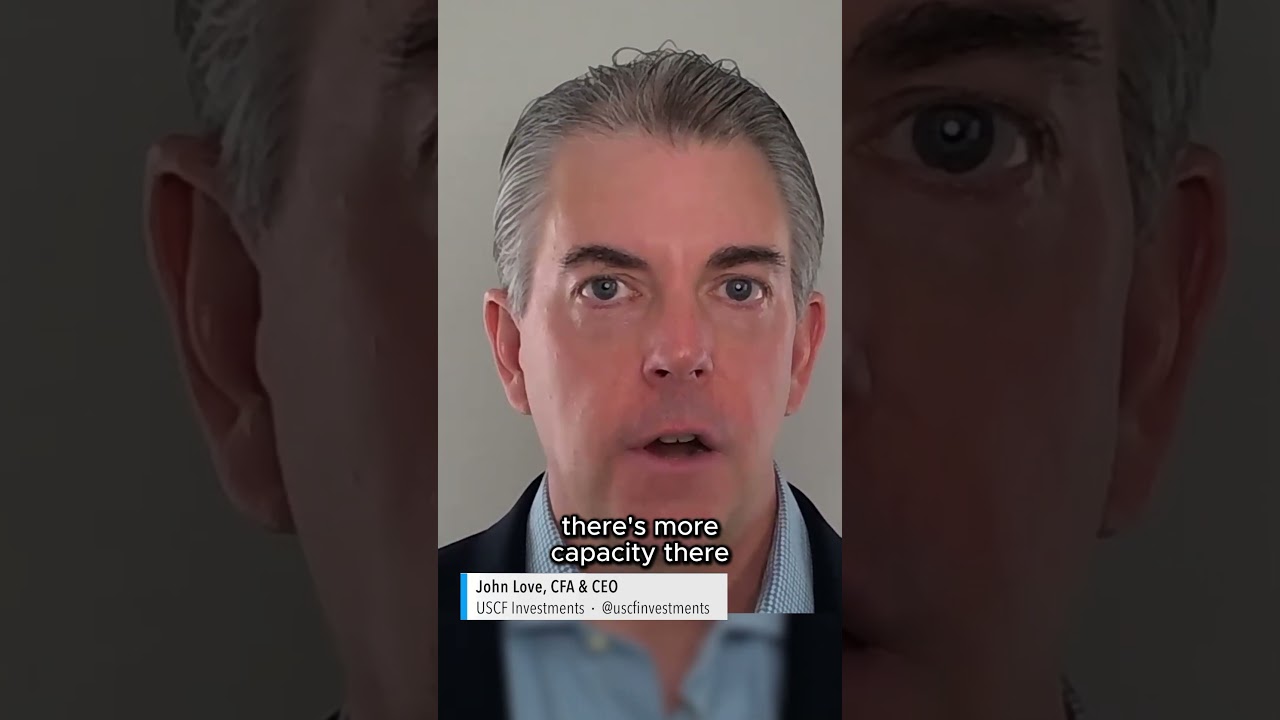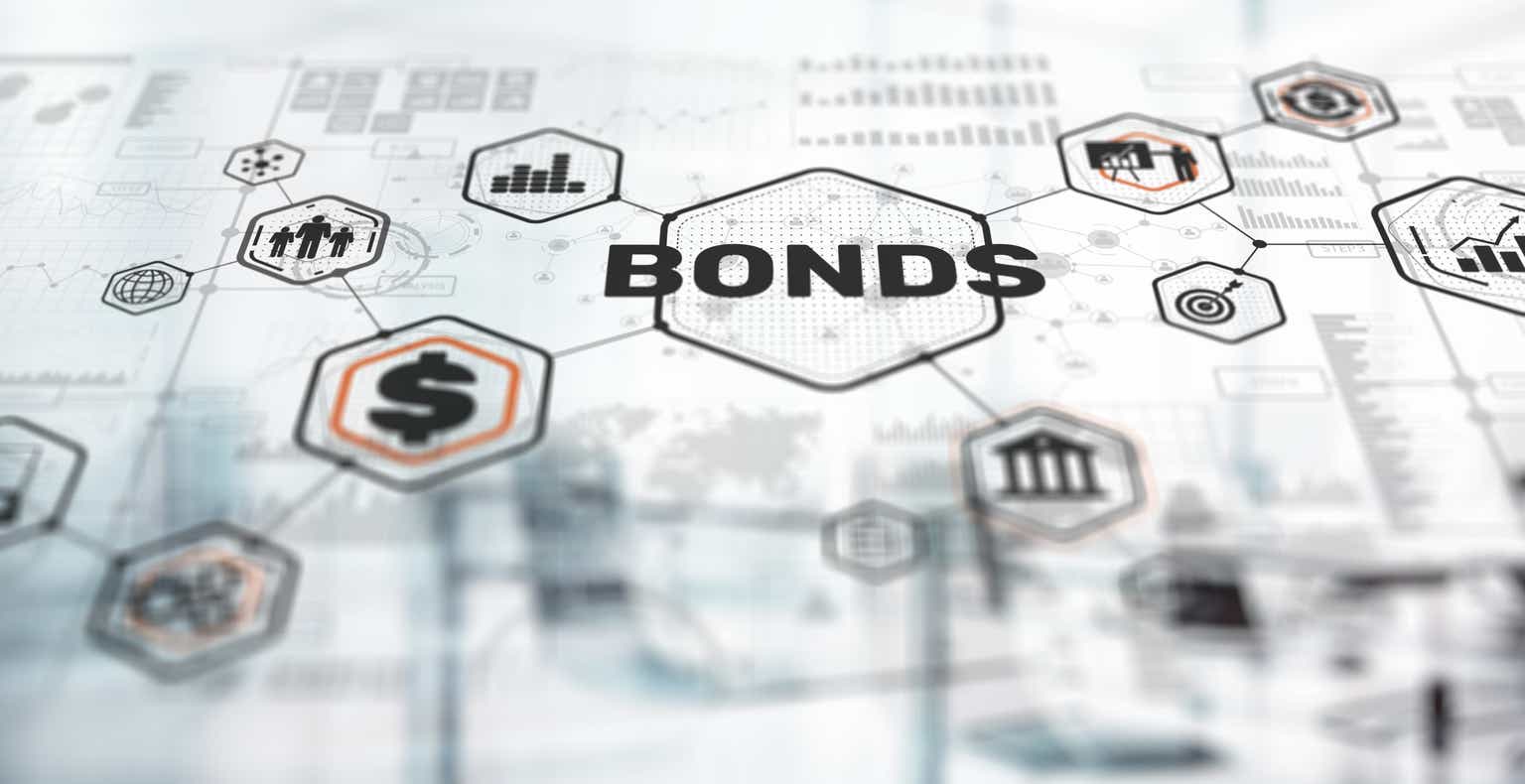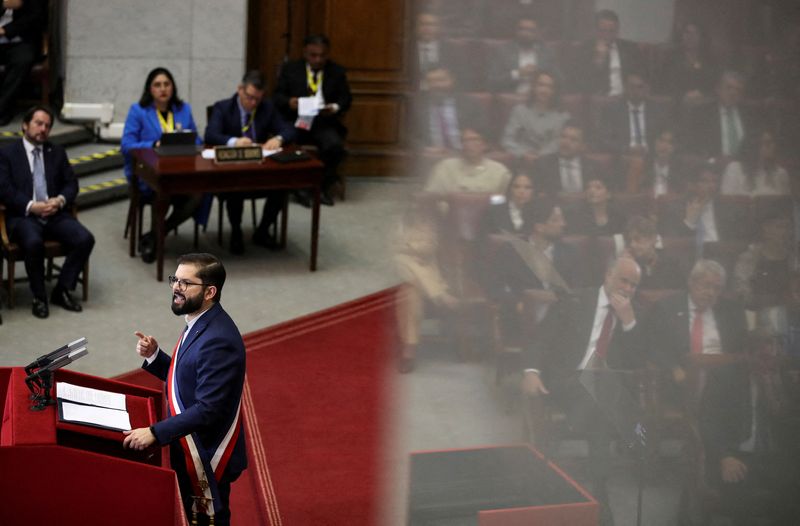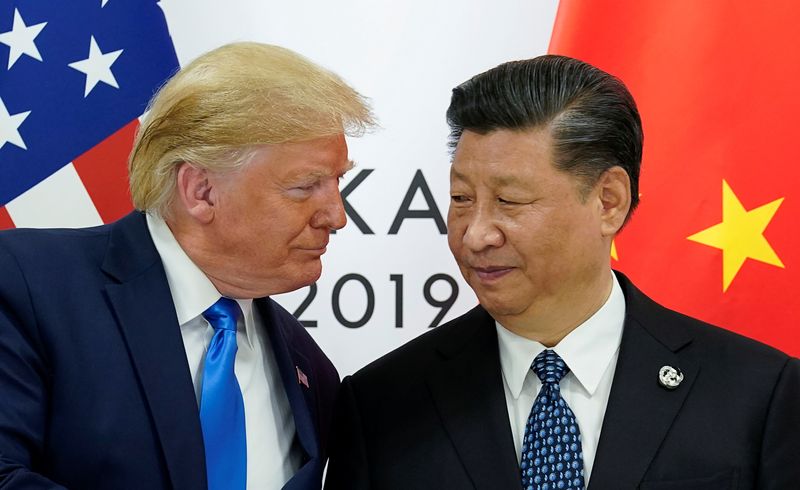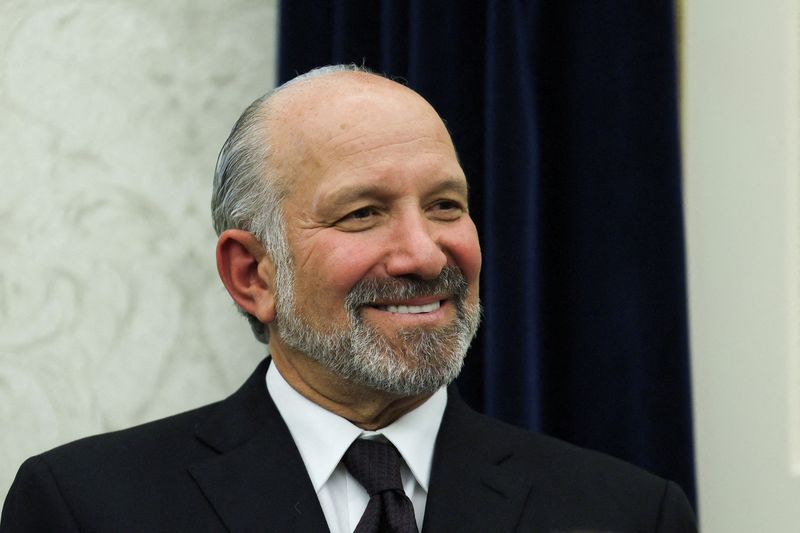Chinese EV exec says China rollout of Tesla’s self-driving tech is a ‘DeepSeek moment’ for autonomous vehicles
XPeng president Brian Gu said Tesla’s release of self-driving tech in China gave Chinese and U.S. companies the chance to compete side-by-side, just as they had when DeepSeek came out.

- The release of Tesla’s Full Self-Driving platform in China gave the carmaker to test its autonomous driving software against that of local Chinese companies, XPeng President Brian Gu said. Comparing the two products was like a “DeepSeek” moment for autonomous vehicles because it put U.S. and Chinese tech up against each other.
U.S. and Chinese autonomous vehicle companies finally got the chance to compete against one another in a head-to-head battle to see whose tech was better when Tesla released its suite of self-driving capabilities in China earlier this year.
The competition pits U.S. companies’ advanced tech and vast reserves of capital against their Chinese rivals’ “home court advantage” and underdog mentality.
Brian Gu, president of XPeng, one of China’s leading EV manufacturers, called the release of Tesla’s Full Self Driving (FSD) platform in the country a “DeepSeek moment” for autonomous vehicles because it allowed Chinese companies to measure themselves against better-resourced U.S. companies in the same market.
“In the past few years, we always try to see, can we do head-to-head comparison to what we have done in China versus what Tesla has done with FSD,” Brian Gu told Fortune on Wednesday during Fortune’s ASEAN-GCC Economic Forum in Kuala Lumpur. “We never had that chance.”
The February release of Tesla’s FSD service in China offered XPeng that chance.
“This is actually the first time you saw the technology tackling complex driving conditions in Chinese streets to be used side-by-side,” Gu said. “The reason I say it’s very similar to a DeepSeek moment is that, compared to Tesla, the Chinese companies, including ourselves, are so much [more] under-resourced.”
Despite having fewer computing resources and capital available than its U.S. competitors, XPeng’s self-driving cars performed better than Tesla’s in China, according to Gu.
“The net result is actually very encouraging,” Gu said. “The capability of Chinese autonomous driving cars actually did better than FSD in Chinese streets.”
Gu did acknowledge Chinese companies like XPeng had a “home court advantage because we probably get better training of Chinese data.”
When the Chinese AI startup DeepSeek released its R1 large language model in January, it shook the entire industry with its remarkable performance and efficiency. DeepSeek had spent a fraction of what the major U.S. companies such as Google and OpenAI had spent on their AI models, yet produced comparable results.
The moment was a wakeup call for U.S. tech firms across Silicon Valley, as it became evident their Chinese rivals were producing similar results on shoestring budgets. At the same time, it lent new credibility to Chinese AI tech. Until then, the prevailing wisdom had been that U.S. companies were ahead of their Chinese counterparts as the two countries embarked on an AI arms race. DeepSeek’s success pointed to the fact the U.S.’s lead may have been narrower than expected.
Tesla releases FSD in China
Earlier this year, Tesla launched its FSD tech in China for the first time. The release came after years of seeking approvals from the government to deploy the technology in the country.
Last year, Tesla CEO Elon Musk met with Chinese officials—among them, Premier Li Qiang—to discuss the release of its self-driving tech. Complicating matters were restrictions on data collection imposed by both the U.S. and Chinese governments. Tesla currently has a deal with Chinese search giant Baidu for mapping and navigation that will power its systems in the country.
Tesla’s FSD rollout in China had several fits and starts. The company had to pause the initial free trial of its FSD program after the Chinese government added new regulations for self-driving cars. Those issues were resolved, making Tesla’s program available again, although with a name change from “Full Self-Driving” to “Intelligent Assisted Driving.” Tesla did not respond to a request for comment.
Despite the name, Tesla’s FSD system still requires human drivers to remain fully alert in the car in order to intervene at any moment. FSD is classified as level two autonomous driving. XPeng’s cars currently have the same self-driving classification.
Earlier this year, XPeng announced it had made breakthroughs on more advanced self-driving capabilities. Software for level-three autonomy would be completed in the back half of this year and level four would be ready in 2026, XPeng said in March.
On Wednesday, Gu laid out a slightly longer timeline for widespread use. “Now we’re looking at potentially having level 3 in two years; level 4 probably in four years, that can be widely used on Chinese roads,” he said during a mainstage panel at Fortune’s conference.
This story was originally featured on Fortune.com





